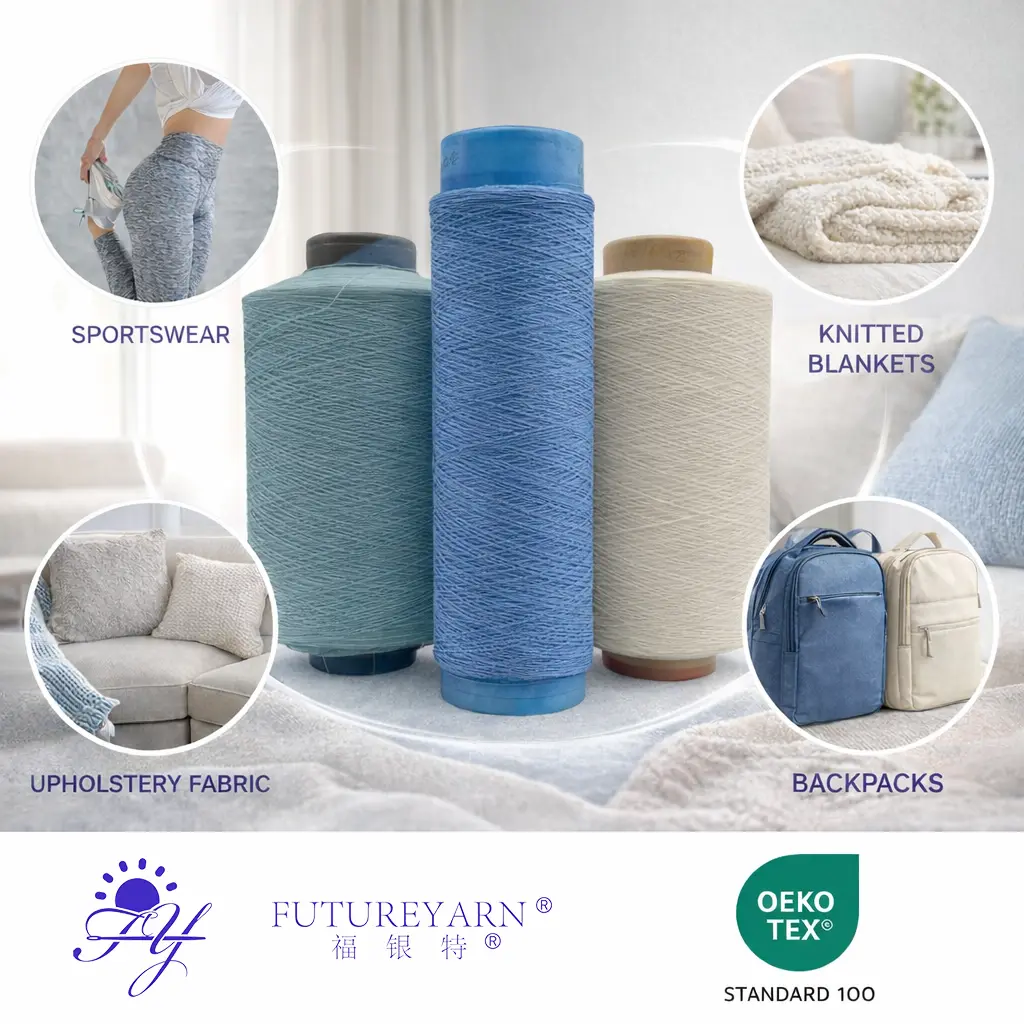Copper Welding Fabrication Explained: Methods, Applications, and Benefits
Copper welding fabrication plays a critical role in modern manufacturing and infrastructure development. Known for its excellent thermal and electrical conductivity, corrosion resistance, and durability, copper is a widely used material across industries such as electrical engineering, plumbing, construction, and renewable energy. But due to its high thermal conductivity and specific metallurgical properties, welding copper requires precision, expertise, and the right choice of technique.
As a leading global supplier of welded fabrications, China Special Metal Group Limited (CSM) brings high-quality solutions for demanding industrial applications. From metallurgical machinery to shipbuilding and the chemical industry, CSM provides reliable, expertly crafted welding components that meet international standards.
What is Copper Welding Fabrication?
Copper welding fabrication refers to the process of permanently joining copper components using welding methods. The goal is to achieve a strong, clean, and conductive bond suitable for various high-performance applications. Before welding, surfaces must be thoroughly cleaned to remove oxides, oils, or contaminants that may weaken the weld. The choice of welding technique depends on the material thickness, precision level, mechanical strength, and end-use.
Common Methods in Copper Welding Fabrication
1. Gas Welding (Oxyacetylene Welding)
Gas welding is one of the most traditional methods used to join copper. A flame produced from acetylene and oxygen is applied to heat the copper edges until they melt and fuse. It is especially useful for thin copper sheets and plumbing applications, where controlled heat application is crucial.
Advantages:
-
Portable and cost-effective
-
Good for fieldwork and pipe joints
-
Moderate heat input reduces distortion
2. Arc Welding (SMAW / GMAW)
Arc welding employs an electric arc to create intense heat and melt the base metal along with a consumable electrode. Subtypes like Shielded Metal Arc Welding (SMAW) and Gas Metal Arc Welding (GMAW/MIG) are commonly used depending on the environment and material thickness.
Advantages:
-
Strong and deep welds for thick copper
-
More automation-friendly
-
Cost-effective for structural components
3. Laser Welding
Laser welding is a precision-based process that utilizes a concentrated laser beam to melt and join copper. It’s ideal for delicate assemblies or small components that require minimal heat-affected zones and tight tolerances.
Advantages:
-
Extremely high welding speed
-
Precise and clean welds with minimal distortion
-
Ideal for electronics, EV battery modules, and micro-components
Applications of Copper Welding Fabrication
Copper welding fabrication is used across numerous industries due to copper’s unique properties. Major applications include:
-
Electrical Engineering: Busbars, power distribution units, and transformer parts
-
HVAC & Plumbing: Pipe systems, joints, and heat exchangers
-
Construction: Decorative panels, structural connectors, roofing systems
-
Renewable Energy: Solar panel frames and wind turbine electrical systems
-
Automotive & EV: Battery connectors and high-voltage wiring assemblies
Benefits of Copper Welding Fabrication
-
Excellent Conductivity: Ensures efficient electrical and thermal performance
-
Durability: Copper welds offer strong corrosion and fatigue resistance
-
Lightweight yet Strong: Reduces overall weight without compromising strength
-
Versatile Applications: Applicable across high-performance and critical industries
-
Eco-Friendly Material: Copper is recyclable and supports sustainable manufacturing
Why Choose CSM for Your Copper Welding Fabrication Needs?
At China Special Metal Group Limited (CSM), we understand the challenges and demands of working with copper. Our expertise in high-precision machining, custom welded fabrications, and material science enables us to provide tailor-made solutions for global customers.
We employ state-of-the-art equipment and highly skilled professionals to ensure each copper component meets or exceeds international quality benchmarks. Whether your application is in metallurgical machinery, power systems, or chemical processing, CSM delivers fabrication excellence backed by decades of experience.
Conclusion
Copper welding fabrication is both an art and a science — demanding deep technical knowledge and attention to detail. With the right welding method and expert execution, copper components can achieve unmatched performance in durability, conductivity, and longevity. Partnering with an industry leader like CSM ensures you receive quality you can trust, whether for large-scale industrial machinery or intricate copper assemblies.
www.special-metal.com
Shanghai Special Metal Co.,Ltd

